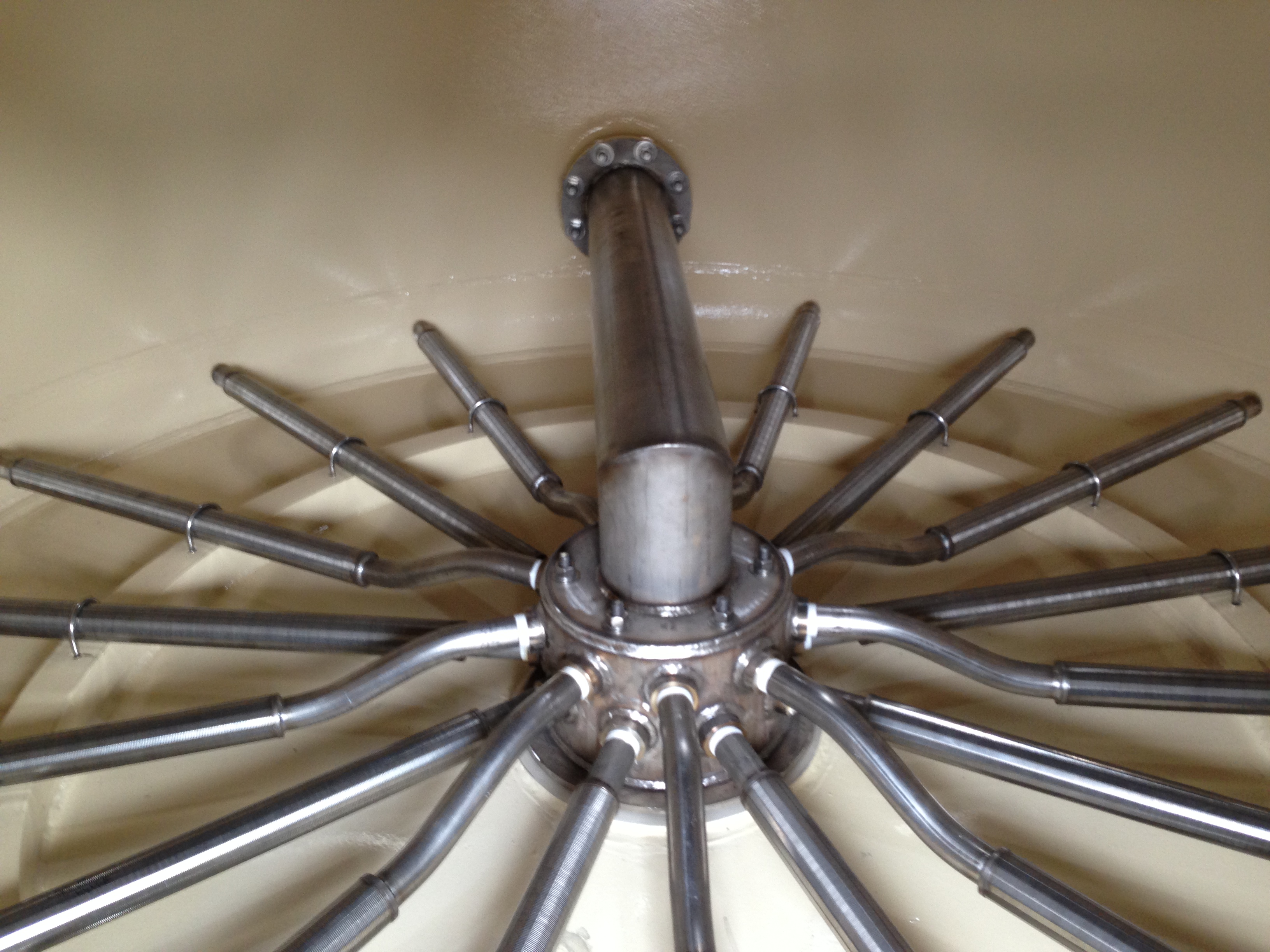Mixing Elements

Mixing Elements Types
Agitators - Agitators are mechanical devices that use blades or impellers to stir or mix the contents of a pressure vessel. They are commonly used in applications where gentle or vigorous mixing is required to achieve homogeneity or prevent settling of solids.
Baffles - Baffles are typically flat plates or curved surfaces installed inside the pressure vessel to disrupt the flow of fluids and enhance mixing. They help in breaking up vortexes and improving circulation within the vessel.
Static Mixers - Static mixers are stationary devices with a specific internal geometry designed to promote mixing as fluid flows through them. They are often used when continuous mixing is required without the need for mechanical agitation.
Spray Nozzles - Spray nozzles can be used to introduce one or more substances into the pressure vessel as fine sprays. This method is useful for introducing reactants or controlling temperature by evaporative cooling.
Coils or Heat Exchangers - Coils or heat exchangers can be incorporated into pressure vessels to control temperature by either heating or cooling the contents.
Internal Heat Exchangers - These are specialized devices used to transfer heat between two or more process streams within the vessel, promoting temperature control and facilitating specific chemical reactions.
Internal Reactors - In some cases, pressure vessels are equipped with internal reactors, such as catalyst beds or other structures, to facilitate chemical reactions.
The choice of mixing element depends on factors such as the type of fluid or substance being processed, the desired level of mixing or agitation, temperature control requirements, and the overall process goals. Properly designed mixing elements can improve the efficiency and effectiveness of various industrial processes, including chemical manufacturing, food processing, and pharmaceutical production, among others.

